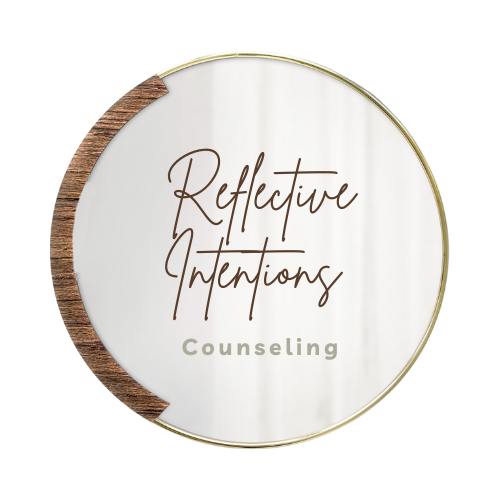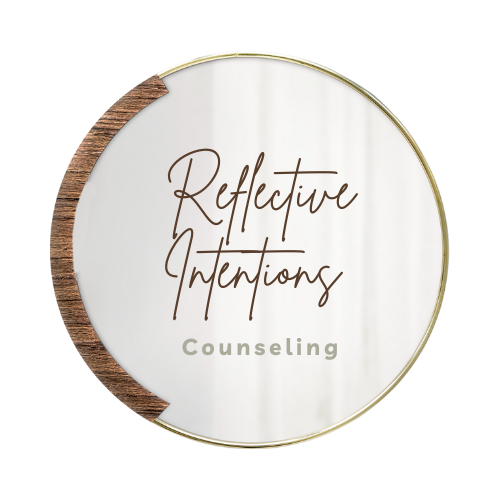PARTS WORK
dissociate or Dissasociate
What is Dissociation
Dissociation is a mind-body process that protects one from painful experiences. It functions as a system, a defense mechanism that our brain developed to help us survive traumatic experiences.
Contrary to how movies like Sybil and Split portray dissociation, a person who experiences dissociation does not have a dramatic facial expression, tone, or body language shift to show that another “person” is present. Most people dissociate to some degree on a given day- this exists from something as “minor” as scrolling through TikTok for hours and binge-watching Netflix shows to using substances to cope and numb from reality and yes, the development of parts to cope with life.
Dissociation and Dissasociation are not the same thing and they are not interchangeable terms.
What is Dissasociation
Dissasociation is the process of not associating with something anymore—it is an active choice.
Dissociation is not always an active choice
You’ve probably heard of healing your inner child.
Different types of modalities make up systems work. You’ve probably heard of internal family systems. Ego State draws from IFS, but it differs in some ways. I only use Ego State as a guideline for thinking about parts.
However, if you identify as a system, you probably would agree that even the most “informed” therapists still miss the mark when they pathologize dissociation more than they work on understanding how your dissociation is working for you.
What is a system?
A system is what some use to describe their way of relating to the world. Everyone’s system is different, and everyone’s system should be respected. It means that the person identifies that they may have thoughts that are not always their own, and they notice there may be times when they have mannerisms that they don’t identify with. It is almost as if they were on a bus, and sometimes they drive the bus; other times, they feel like they are in the back of the bus with someone else driving it.
Some people want to integrate, and others don’t. The bottom line in my approach (because I’m not for everyone) is I encourage cohesiveness within the system. The clients who most identify with my approach to supporting the system agree that the system is something to be cohesive with. In the same way, we practice interpersonal effectiveness to promote healthy relationships with others, my clients adapt this approach to their internal systems and parts. Dolores Mosquera, a renowned therapist for her extensive experience with dissociation, states that respect and curiosity feed off each other. This is why I guide my clients toward recognizing, acknowledging, and respecting their parts as resources. Ultimately, I believe integration is not a single event; it’s a process that happens over time, and ultimately, if the person doesn’t want to call it that, who am I to push that on to them?
But wait…what if there’s a part I don’t like?
Such a fair and warranted concern. Many people scoff at the thought of working with their parts because their parts remind them so much of the pain they would rather forget or leave behind. My approach is encouraging cohesiveness, which is the art of working together. Think of that co-worker you would instead not engage with; you still have to work with them, and ideally, you are doing so amicably and respectfully. This doesn’t mean you have to go out to dinner with them or invite them to your social events, but it does mean that when the time comes to work with them, you do, and you part ways, acknowledging the interaction for what it was.
WHAT TO LOOK OUT FOR IN A THERAPIST…
I don’t mean to be pretentious when I say that you have to honestly know what you’re doing when you are supporting someone who experiences dissociation on the more fragmented side of that “spectrum” (i.e., DID, BPD, CPTSD). If you ever find yourself on a phone call with a therapist who says, “I can give it a try,” respectfully, find someone who sounds more confident. When a therapist chooses to delve into this area, they are frequently being peer supervised or consulted with. They are already knowledgeable about dissociation and are making it their business to provide the best care- it is their specialty.
You wouldn’t go to a cardiologist to check your eyes- it’s the same concept with therapy. Don’t go to someone who does not specialize in you. Therapists develop their passions, so no shade to the Disordered Eating therapist; they’re doing fantastic and important work! They’re just not specialized in you, so go with someone who is. Therapy is helpful, but it can be harmful if the therapist doesn’t know what they’re doing or dedicates time outside their work week to develop their skill.
That being said, people who have or are curious if they would have a diagnosis of DID (used to be multiple personality disorder) are NOT guinea pigs. The purpose of supporting someone with DID, or any form of dissociation, is to help them make sense of their system. It isn’t to impose ideas of how they should or should not do things; instead, approach their story with curiosity. Parts develop to hold our pain and keep the painful experiences to help the person function daily.
It’s often thought that people with DID are not functional- I call BS. Dissociation works, so it’s unsurprising if you have achieved success and have parts. You can be successful and functional while also having parts.
If you’re curious or if I’ve convinced you that I’m a good fit, make an appointment. It can be hard to find someone who is well-versed in supporting individuals with dissociative experiences but here you are- make the appointment, I want to support you!


